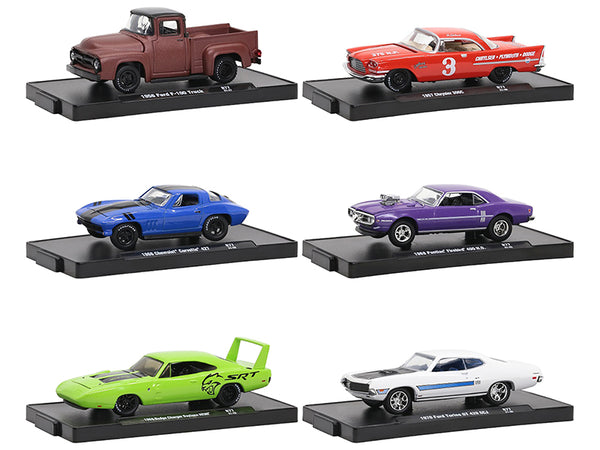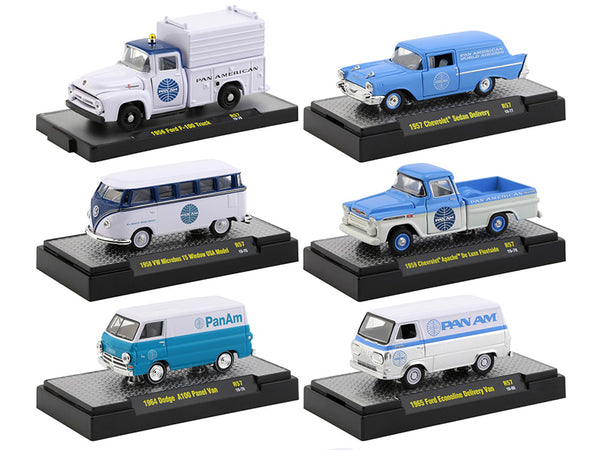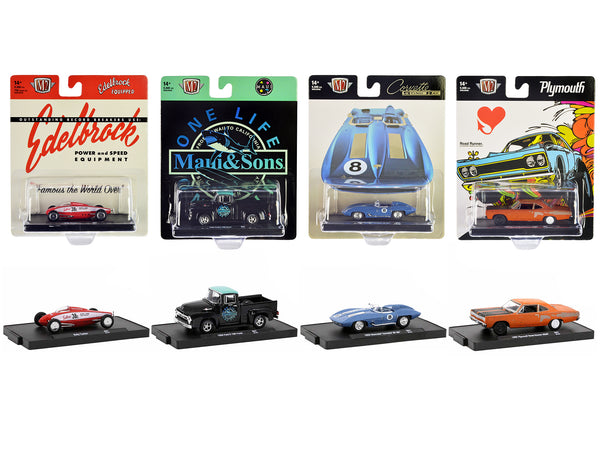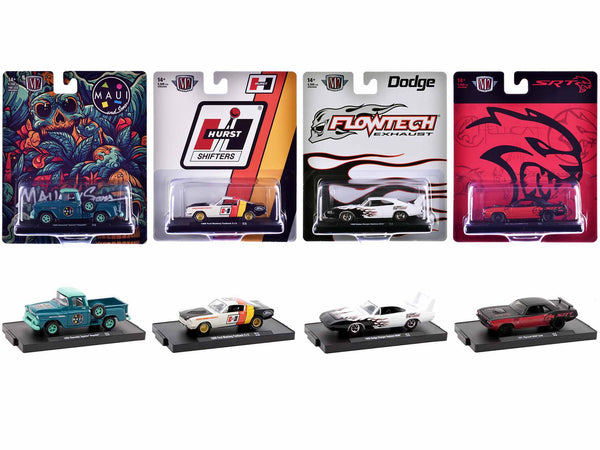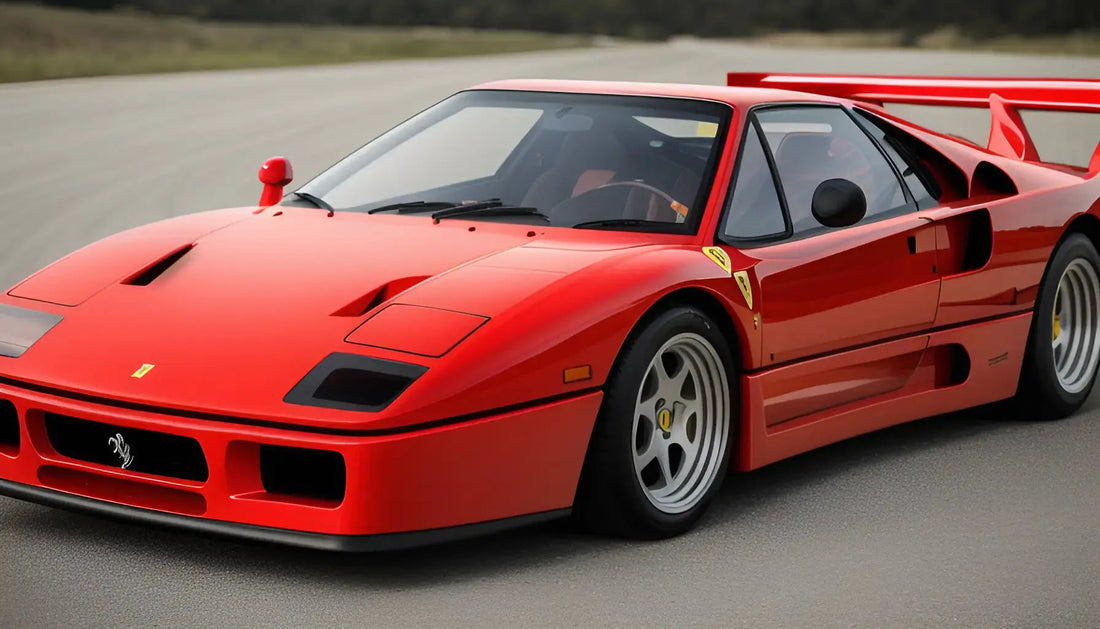
Why Was the Ferrari F40 a Legendary Supercar?
Related Products
Share
Understanding The Ferrari F40: Crafting an Automotive Legend
The Ferrari F40 is widely regarded as one of the most legendary and iconic supercars ever created. Introduced in 1987 to commemorate Ferrari's 40th anniversary, the F40 represented the pinnacle of automotive engineering and performance. Its striking design, groundbreaking technology, and record-breaking speed made it an instant legend in the automotive world. In this article, we will explore what made the Ferrari F40 such a legendary supercar.
The Birth of an Icon
The brainchild of Enzo Ferrari, the founder of Ferrari, the F40 was designed with a clear vision in mind—to create the ultimate expression of performance and precision. The design team at Ferrari pursued every possible innovation to make the F40 an extraordinary car. Drawing inspiration from Formula One race cars, the F40 featured a low-slung profile, aerodynamic lines, and a large rear wing. The body was constructed using lightweight materials such as carbon fiber and Kevlar, resulting in a car that was both aesthetically pleasing and incredibly agile on the road.
Unmatched Performance
Beneath the F40's sleek exterior lay a 2.9-liter twin-turbocharged V8 engine that produced a jaw-dropping 478 horsepower. This powerful engine, combined with the car's lightweight construction, enabled the F40 to accelerate from 0 to 60 mph in just 3.8 seconds and achieve a top speed of 201 mph. These performance figures were unheard of at the time and firmly established the F40 as a true supercar.
But the Ferrari F40 was not just about straight-line speed. It boasted advanced suspension technology, precise steering, and remarkable handling, making it equally exhilarating to drive on both the track and the open road. The F40 provided drivers with a raw, visceral experience that few other cars could match.
A Racing Pedigree
Racing has always been embedded in Ferrari's DNA, and the F40 was no exception. Enzo Ferrari personally approved the F40, making it the last car to bear his signature before he passed away. Originally designed as a car for privateer racing teams, the F40's aerodynamic design and powerful engine made it a formidable competitor on the race track. It was a testament to Ferrari's commitment to motorsport and their unwavering pursuit of excellence.
In addition to its racing pedigree, the F40 was also a technological marvel. It was one of the first production cars to feature carbon ceramic brakes, providing exceptional stopping power and heat resistance. The F40 also boasted advanced turbocharging technology, setting new standards for performance in the automotive industry.
A Legacy That Endures
More than three decades have passed since the Ferrari F40 first graced the scene, but its legacy endures to this day. Its limited production run of just 1,311 units adds to its exclusivity and desirability among car collectors and enthusiasts. The F40's timeless design continues to captivate audiences, and its reputation as one of the greatest supercars ever created remains unshakable.
The Ferrari F40 pushed the boundaries of what was deemed possible in terms of speed, design, and engineering. Its combination of raw power, unparalleled performance, and extraordinary aesthetics propelled it into automotive legend. Even today, the Ferrari F40 stands as a symbol of Ferrari's unwavering commitment to excellence and innovation.
For more information about legendary supercars, visit https://rapidvehicles.com/blogs/news.
When you speak of legendary supercars, one can't help but mention the Ferrari F40. This supercar is the embodiment of raw power, luxurious comfort, and stellar performance. So what makes the Ferrari F40 stand out in the myriad of supercars out there? Why has it become such a legend in automotive history?
The Ferrari F40, unveiled in 1987, marked Ferrari's 40th anniversary. It was a testament to four decades of Ferrari's commitment to excellence in performance and design. What set the F40 apart was its no-nonsense approach to delivering the best driving experience. There were no electronic nannies or power steering; just pure, unfiltered, visceral speed. It was the last car that Enzo Ferrari personally approved, making it an emblem of his vision and values.
Driven by a twin-turbo V8 engine, the F40 could reach staggering speeds of over 200 mph, a figure that was unheard of at the time. This power was further enhanced by the F40's groundbreaking design. Its body featured a sleek, aerodynamic design, crafted from lightweight materials like Kevlar, aluminium, and carbon fibre. These factors made the F40 a force to be reckoned with on both the track and the road.
Ultimately, the legend of the Ferrari F40 is a tale of vision, innovation, and uncompromised performance. It represents a time when driving pleasure was put above all else, a philosophy that has somewhat been lost in today's digitally-driven, electronically-focused world. The F40 stands as a timeless symbol of Ferrari's commitment to speed, power, and style, making it one of the most revered supercars of all time.
